Yes, Hurwitz can be provocative, but that is exactly what is needed at this moment in time. His criticism is always musicologically sound and demonstrates a keen musical ear.
Read More →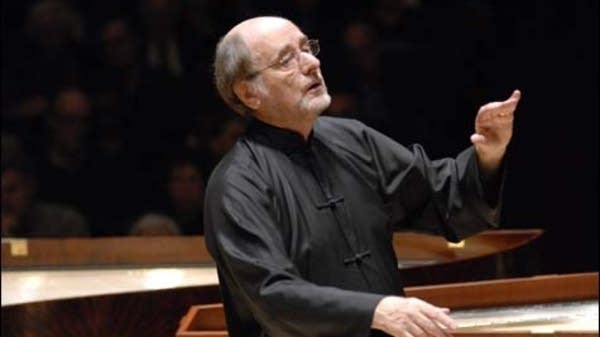

Yes, Hurwitz can be provocative, but that is exactly what is needed at this moment in time. His criticism is always musicologically sound and demonstrates a keen musical ear.
Read More →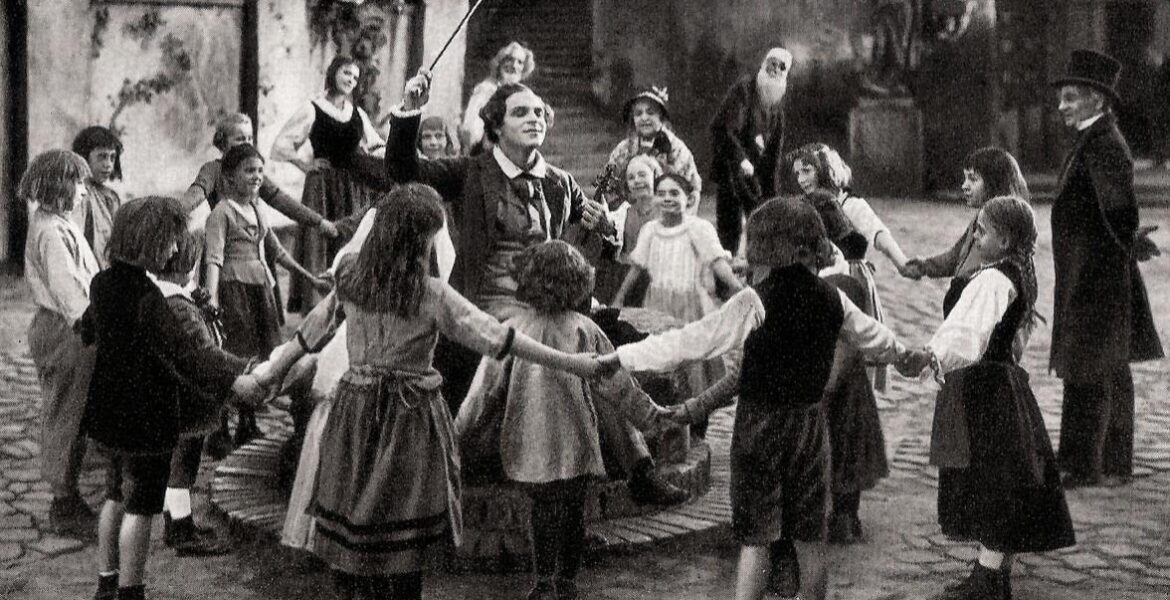
Der Evangelimann. The story takes place in a Benedictine monastery in St. Othmar. It is the early nineteenth century. There we find the clerk Mathias, who is in love with Martha, his boss’s daughter. Highly inappropriate, of course, and Mathias is logically dismissed. Now follows a twist that can be called unique in the world of opera. There is someone else in love with Martha, namely Mathias’ brother, Johannes, but Martha wants nothing to do with him. Brother dearest does not accept this, and in revenge he sets fire to the monastery. (To clarify: this is the action of a lone wolf, not a terrorist attack on a Roman Catholic institution.) A Marinus van der Lubbe-type situation ensues, because it is not the pyrophilic brother but Mathias who is identified as the perpetrator: 20 years in prison, and court verdicts were not appealed at that time. After his release, Mathias travels around the country as a preacher. His brother Johannes, a classic villainous baritone, has become a wealthy businessman through shady dealings and has settled in Vienna. That he eventually becomes seriously ill is an undeniable case of reaping what you sow. Thirty years after the fire in the monastery, the two brothers meet again. Matthias —a preacher, after all!— forgives Johannes, allowing the latter to die in peace.
Read More →
Katie Mitchell. But now to the other celebration. Katie Mitchell is quitting opera directing. No more operas will be judged according to strict feminist standards. The misogyny of Mozart, Donizetti and Handel will have to be tackled by other misguided souls, and Mitchell herself now has plenty of time to work on the long-awaited maintenance of her sense of insignificance and the healing of her narrowed “Weltanschauung.
Read More →
Stage Directors. What, you may ask, is the REAL purpose of Regietheater? Those sitting at the VERY top no longer care to foot the bill for art and culture. The method, then, is to destroy it, piece by piece, until the audience stays at home, rummaging through their audio recordings and dusty DVDs, looking for a taste of art from a bygone era.
Read More →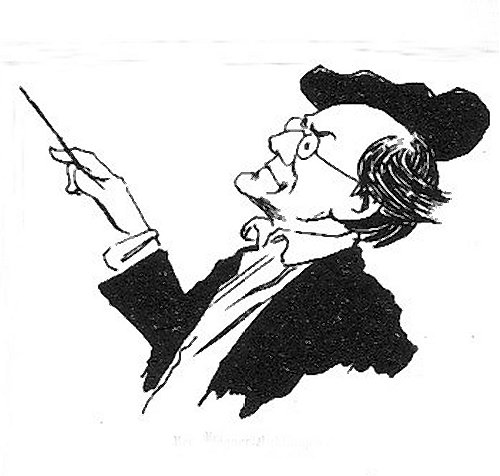
Conductors. I once worked with a well-known mezzo-soprano who was singing Eboli in Don Carlo for the first time. During rehearsals she said she found the slow section of the ‘O Don Fatale’ quite slow. At the premiere, the con-ductor slowed it down and wound down the tempo so much that King Kong with three lungs could not have mastered it. She then paid dearly during the soaring climax at the end.
Read More →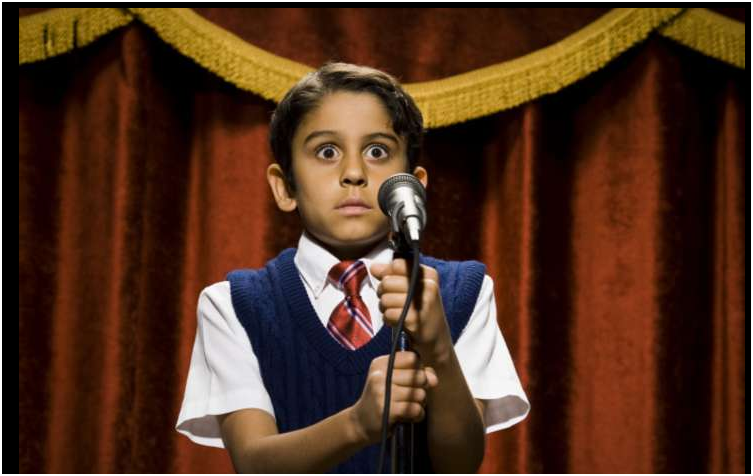
About bad nerves and stage fright. Suppose you go out to give your performance and everything goes to hell in a handbasket. The page-turner gets the hiccups, the stage lights go out, you sit down in front of the or-chestra only to discover that your zip is half down, your shoelace is broken, your bow tie is in your other jacket, you brought the wrong score to church, you are suddenly TOTALLY hoarse from allergies. Etc, etc, etc, etc, rinse, repeat.
Read More →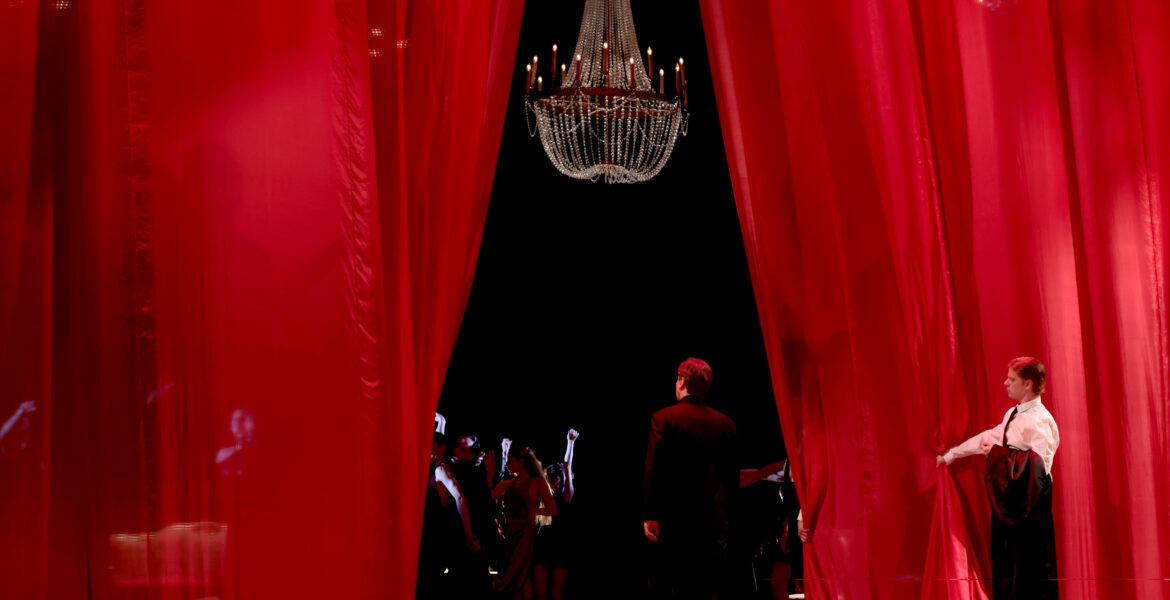
Eugene Onegin. It has been said that we all search for love in another so as to find ourselves through them. The characters in Tchaikovsky’s opera come to us with perhaps those very same prerequisites. One may ask themselves how much we identify ourselves with any of those characters. This is the challenge all theater presents us with.
Read More →
Museale opera. Wij hebben nooit een doorwrocht artikel gelezen waarin overtuigend werd bewezen dat Wagner beter tot zijn recht komt als de Rheintöchter sletterige New Yorkse hoeren zijn, en dat Die Zauberflöte (onze lievelingsopera, helaas maar zo zelden uitgevoerd) duidelijk aan waarde wint als de Koningin van de Nacht zich als een blinde mol een weg langs een muur baant, terwijl ze “O zittre nicht” zingt.
Read More →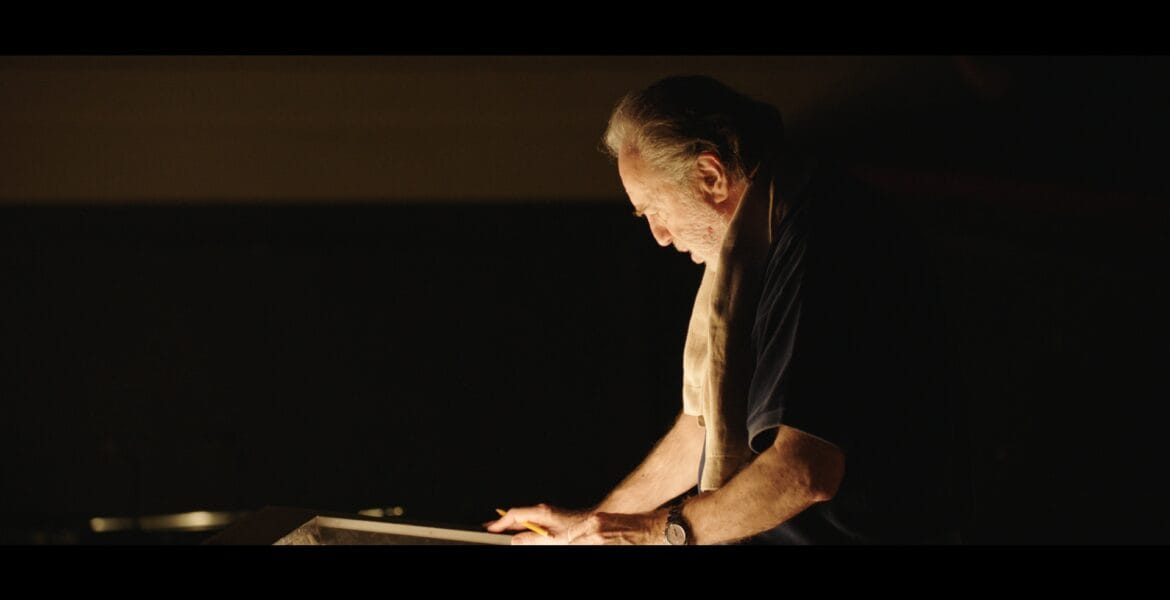
La Forza del Destino. Entertainment for tourists? From this point of view, unfortunately, the genre is increasingly in danger of being reduced to “entertainment for tourists”, a category that already represents a significant part of the audience, especially in arenas. This is a sad prospect, considering that in 2023 the art of opera will be proclaimed an “Intangible Heritage of Humanity” by UNESCO.
Read More →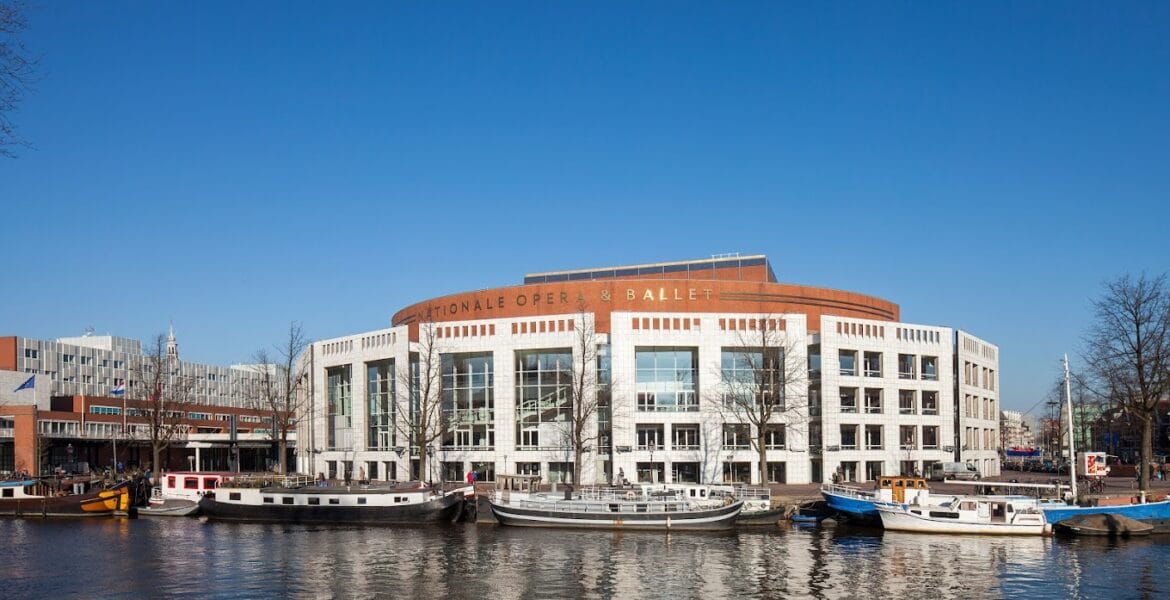
The Dutch National Opera and its institutional failure. People have had enough of the infuriating dilettantism of the painfully failed The Shell Trial, the artistic monstrosity of Fidelio, an obvious case of label scam, and dead-on-arrival productions like Le lacrime di Eros. DNO’s meteoric decline has lost its accidental character under the reign of intendant Sophie de Lint.
Read More →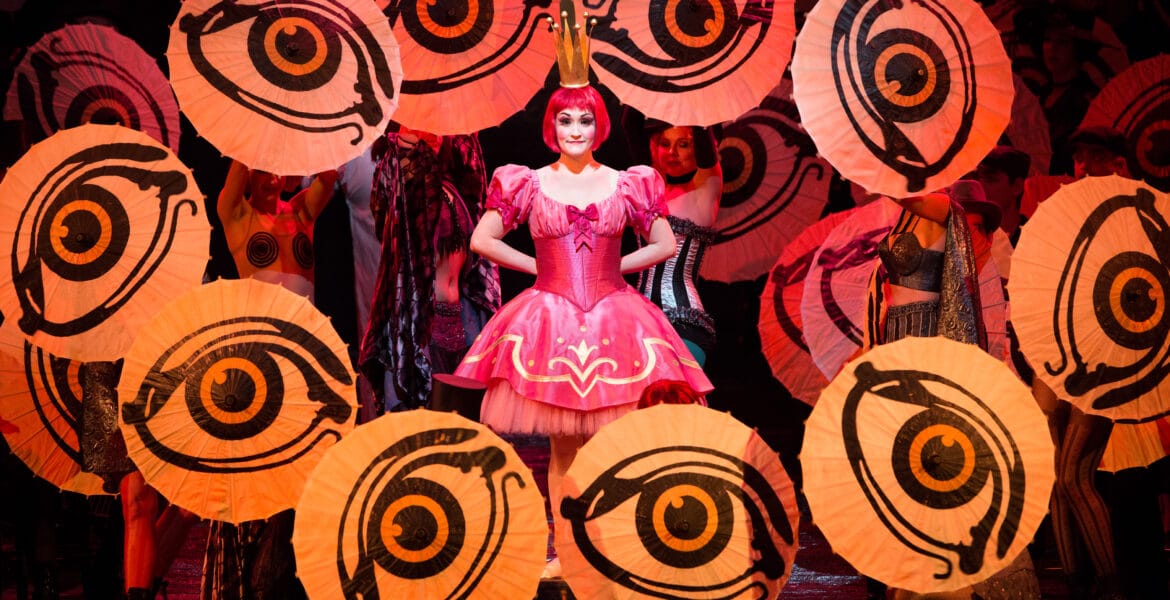
Magnificent Benjamin Bernheim. The four villains require great range, both vocally and dramatically and Christian Van Horn filled them all. The snide Lindorf, the crazed Coppelius (who sells eyes on the side), the pure evil, murdering Dr Miracle and the silk, elegant Dappertutto all benefit from his dark, resonant tone. Mr Sher has given little delineation to each; Mr Van Horn completed what Sher left out. The third star turn of the evening was from Erin Morley as Olympia. Hers was an object lesson in wacky acting, perfectly wed to high flying coloratura music. She actually embellishes the already difficult doll song and does not stop at the vertiginous E flat. She soars even higher, up to an A flat above high C. The audience found it delicious.
Read More →
Gurre-Lieder. Uncanny, then, is Gurre-Lieder in its sense of fervor, intensity, presentiments, restlessness when confronting life, and what it may have in store for us.
Read More →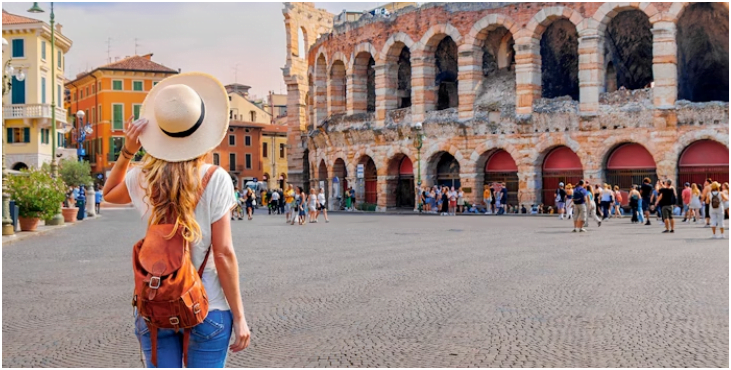
Opera. Entertainment for tourists? From this point of view, unfortunately, the genre is increasingly in danger of being reduced to “entertainment for tourists”, a category that already represents a significant part of the audience, especially in arenas. This is a sad prospect, considering that in 2023 the art of opera will be proclaimed an “Intangible Heritage of Humanity” by UNESCO.
Read More →
From September 29 to October 13, Baden-Baden will once again be celebrating the work of choreographer legend John Neumeier. At the first three-week-long dance festival in 2024, the curator will be presenting his own works and inviting exciting dance companies into his “World of John Neumeier.”
Read More →
According to The Dutch National Opera, “Michieletto has now become one of the most in-demand directors in the world.”
Shows perfectly what The Dutch National Opera DNO’s priorities are all about.

Discordia Hall in Amsterdam. In the area of diversity, the Dutch National Opera is seriously failing. Opera lovers who are attached to a libretto-compliant performance are often called “traditional”. This is nonsense. If a restaurant that serves rice and potatoes decides to serve potatoes only, do we suddenly call rice lovers “traditional restaurant-goers”?
For the so-called “traditional opera lover,” opera is an episodic art form that is best enjoyed when the composer and librettist are unconditionally accepted and respected and no disgusting shenanigans are pulled by the director, such as Die Zauberflöte in Auschwitz or “moving” Aida to Evita Peron’s Peru.

Are we addicted now ? We must also consider the impact of “regietheater” and the fanaticism of “political correctness.” These are two forces that are transforming the world of opera. In the name of “political correctness,” every possible reference to anything that does not conform to the new doctrine is modified or eliminated. We are seeing more and more often “Aida” with light skin, Turandot who avoids any possible reference to China, changes to terms in the libretto considered racist, and so on.
Read More →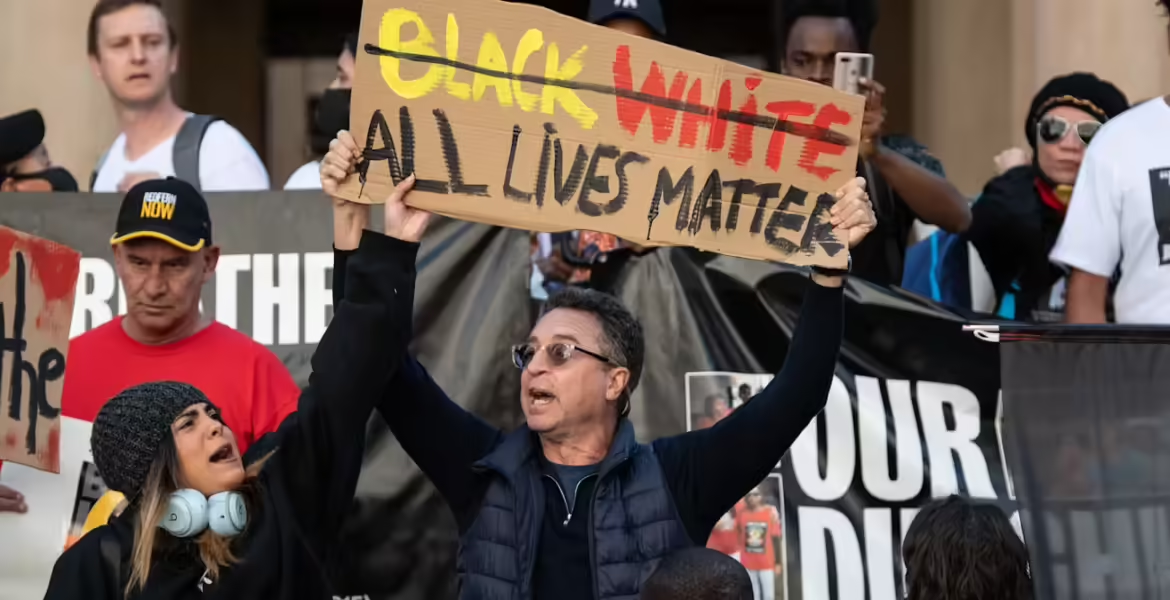
DNO “Toxic ideology on art”. “Her first major solo decision was to cancel an already booked new performance of Verdi’s Otello because of ‘the progressive understanding that an all-white team, including the performer of Otello, is problematic. This no longer felt right with the current changes in our society … Otello in a contemporary form can only be done in a team of color.’ (…) So a white tenor, in her opinion, cannot play the role of a general from North Africa who becomes jealous of his wife.”
Read More →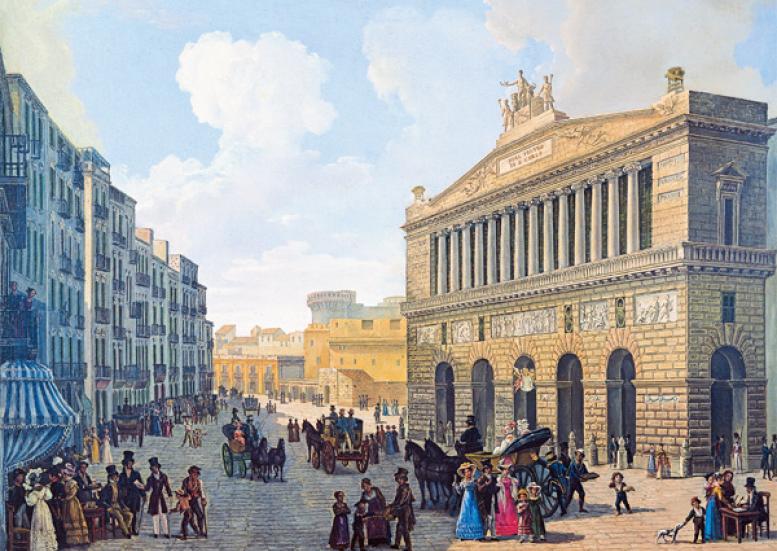
Roberto Devereux. Elisabetta wordt in de DNO-productie gezongen door Barno Ismatullaeva’s, die haar rol met bewonderenswaardig zelfvertrouwen aanpakte: ze beweegt met gemak tussen registers, heeft een onberispelijke ademtechniek, een fraaie dictie en minzame, afgeronde hoge noten.
Read More →
This album of music for lyric voice, clarinet and piano is the work of four new-generation Iranian composers brought together for this unprecedented production. After choosing one of Omar Khayam’s quatrains, each of them composed a piece of music inspired by his favourite text, recreating the universe imbued by these poems that resonate from the depths of time.
Read More →